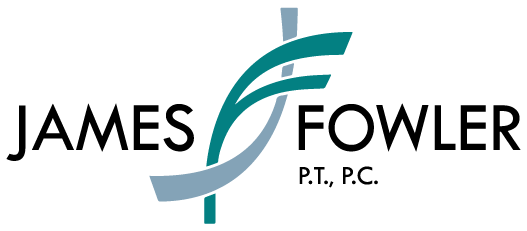It is easy for the hidden parts of the body to go unnoticed even though they play a huge role in our everyday activities. However, in time these parts grab our attention with signals of pain. Ideally, we do not want reach this point; yet, we do. The shoulder is one of these parts that performs quietly until, due to overuse or misuse, it can’t. Here is where awareness, listening to your body and physical therapy can help.

Fairview Health Services (3)
The Southern California Orthopedic Institute describes the shoulder as 4 short muscles originating on the scapula and passing around the shoulder where the tendons fuse together to form the rotator cuff. Ligaments connect the bones of the shoulder and join the bones to the surrounding muscle. The components of the shoulder along with the muscles of the upper body, work together to manage the stress the shoulder receives when extending towards a cereal box, lifting your baby niece, or throwing a baseball. (1)
To accomplish these tasks, it is important to have flexibility in the shoulder region and strength in the surrounding muscle and tendons so that the shoulder itself is supported.
These muscles and tendons that surround the shoulder joint are known as the rotator cuff. They keep the head of your upper arm bone firmly within the shallow socket of the shoulder. The rotator cuff uses muscular stability and biomechanical processes through the scapula to allow the arm and shoulder to move freely in the upper body and torso. (2)
When the above muscles and tendons do not have the support they need often these conditions can arise: (4)
- Dislocation and Instability
- Fractures: Traumatic & Stress
- Ligament Tear
- Muscle Tear or Strain
- Myofascial Pain Syndrome
- Nerve Entrapment
- Post-Surgical Reconstruction
- Repetitive Strain Injury
- Sport Technique Rehabilitation
- Tendonitis
What is impingement syndrome?
The last condition listed, tendonitis, is commonly seen in active adults. Shoulder bursitis or rotator cuff tendonitis is closely related to shoulder nerve impingement. Impingement syndrome occurs when the rotator cuff, which connects the surrounding bone, is injured and swells causing pressure on the bone. (5) The capillaries, small blood vessels, experience a loss of blood flow due to compression. In turn, the tendon tissue frays, and as swelling increases, pain is felt. (5)
At this point, the body cannot be ignored, and seeking Physical Therapy can provide treatment to relieve pain, knowledge to increase awareness, which can lessen risk of recurrence, and exercises to increase flexibility and/or strength in the shoulder area.
How Physical Therapy Can Improve Shoulder Mobility
The goal includes acknowledging that the hidden parts of the shoulder need attention. Listening to these intrinsic muscles and working on their flexibility and strength to increase mobility can help keep this vital part of the body healthy. Below are two exercises used by JFPT Therapists to draw attention to the shoulder areas and strengthen them for pain-free overhead movements. (4)
Prone Shoulder retractions:
- Lie on your stomach with your arm hanging over the side of the table.
- Draw your shoulder blade towards your opposite back pocket. Keep the arm heavy and straight-only the shoulder blade moves, not the arm.
- Avoid tension in your neck.
- Keep the length between your ear and your shoulder.
- Slowly lower the arm down. Repeat.
Scaptions:
- Stand up tall and draw your shoulder blades down your back.
- Lift both arms to shoulder height with thumbs up.
- Lower arms and repeat.
- Avoid tension in the neck. Keep your shoulders away from your ears as your arms lift.
- Feel as though you are lifting your arms from your back.
- Please be sure to work with a certified Physical Therapist to guide you through these exercises.
References:
- SouthernCaliforniaOrthopaedicInstitute.(https://www.scoi.com/specialties/anatomy-shoulder) 2017
- Mayo Clinic (http://www.mayoclinic.org/diseases-conditions/rotator-cuff-injury/home/ovc-20126921) 1998-2017
- Photo: Fairview Health Services (https://www.fairview.org/) 2017
- James Fowler Physical Therapy. (https://jamesfowlerpt.com/conditions-we-treat.html#arm) 2017.
- Cleveland Clinic (https://my.clevelandclinic.org/health/articles/impingement-syndrome-of-the-shoulder.) 2017
